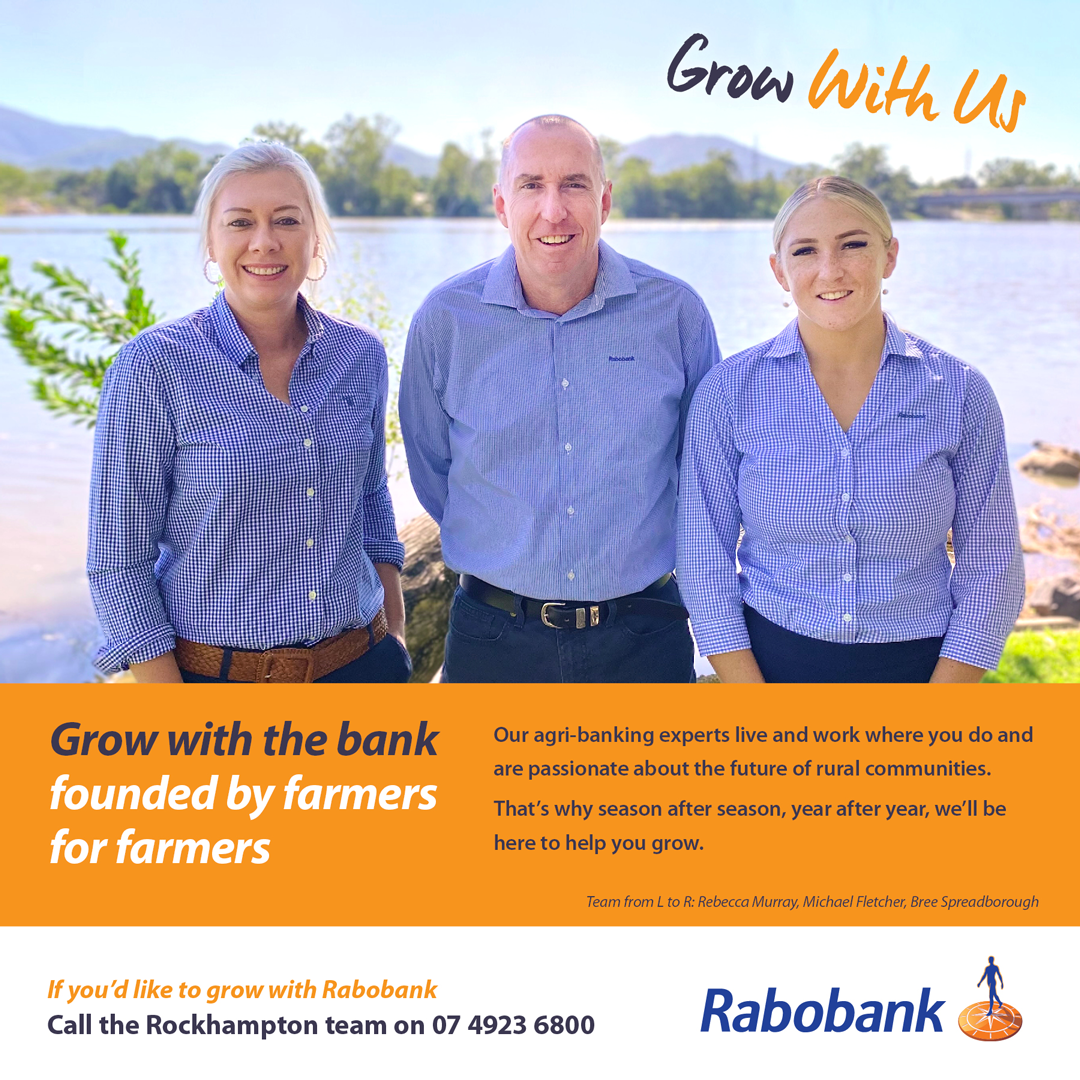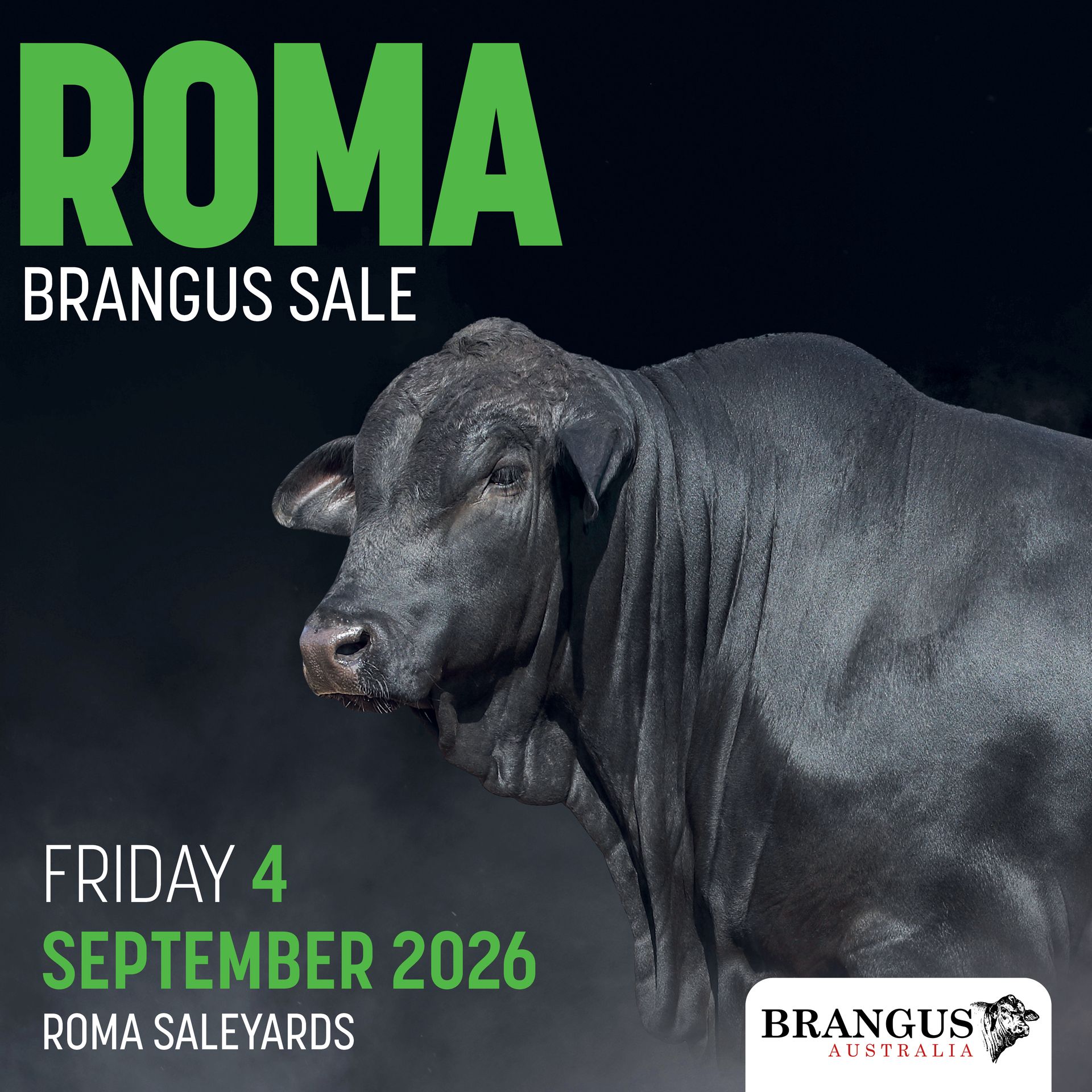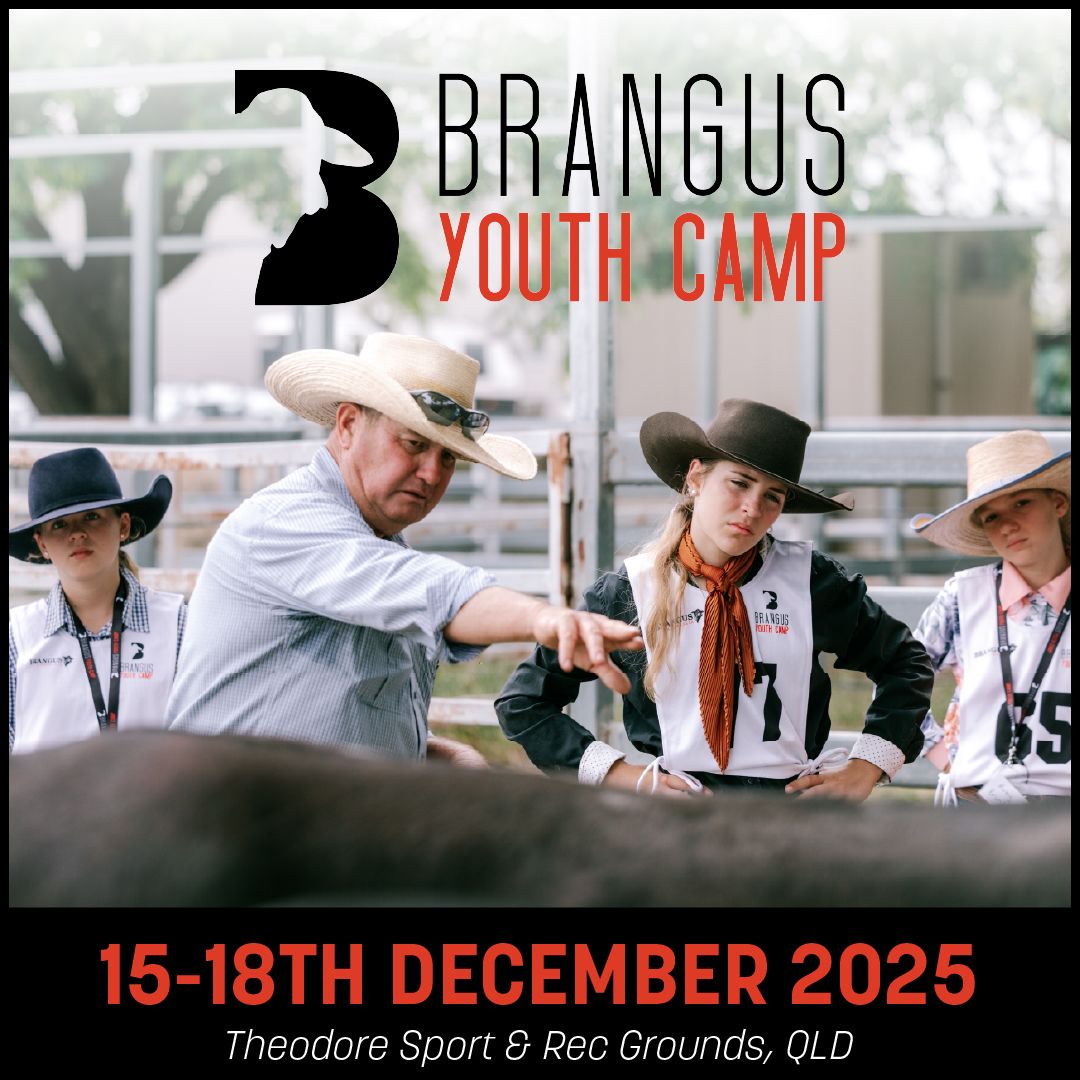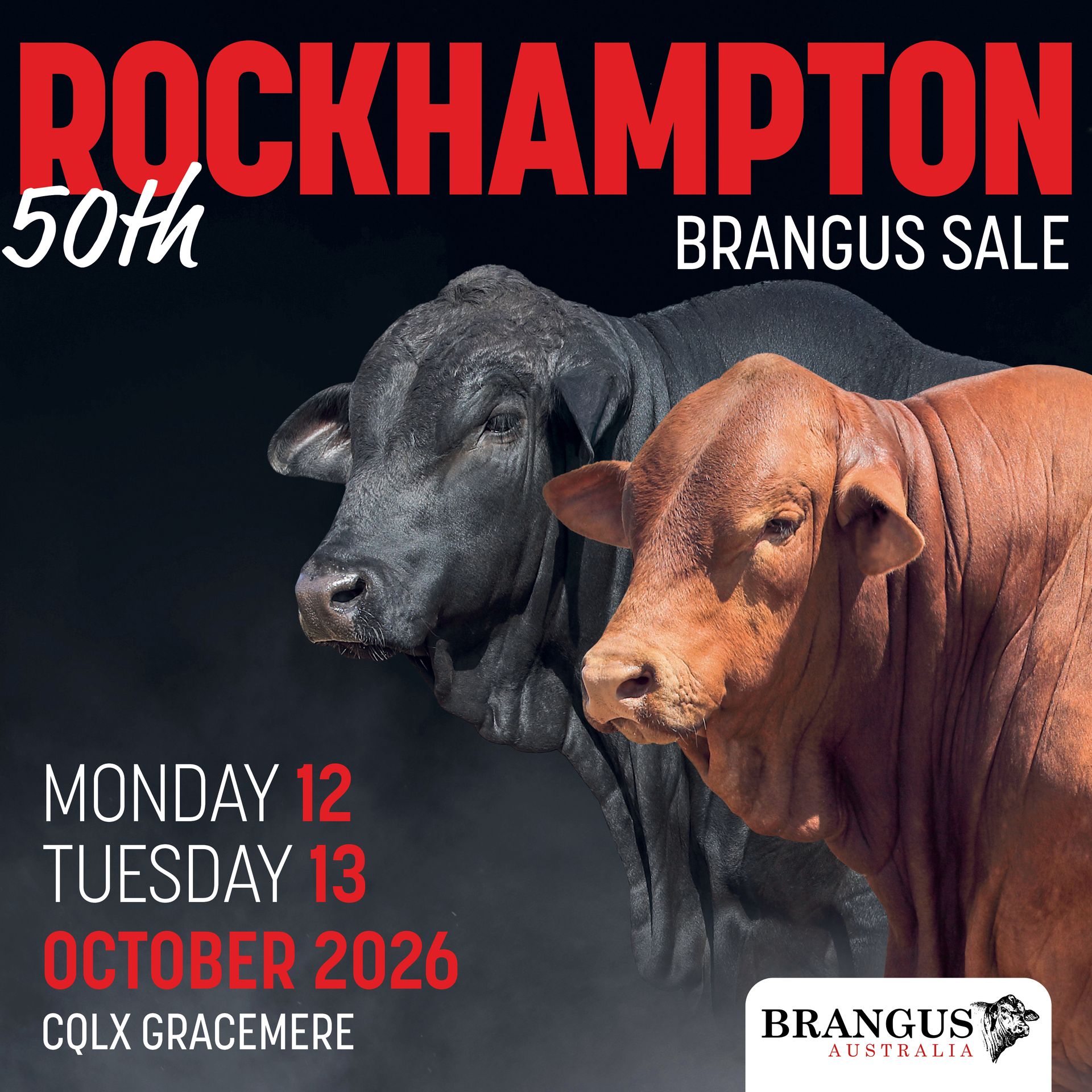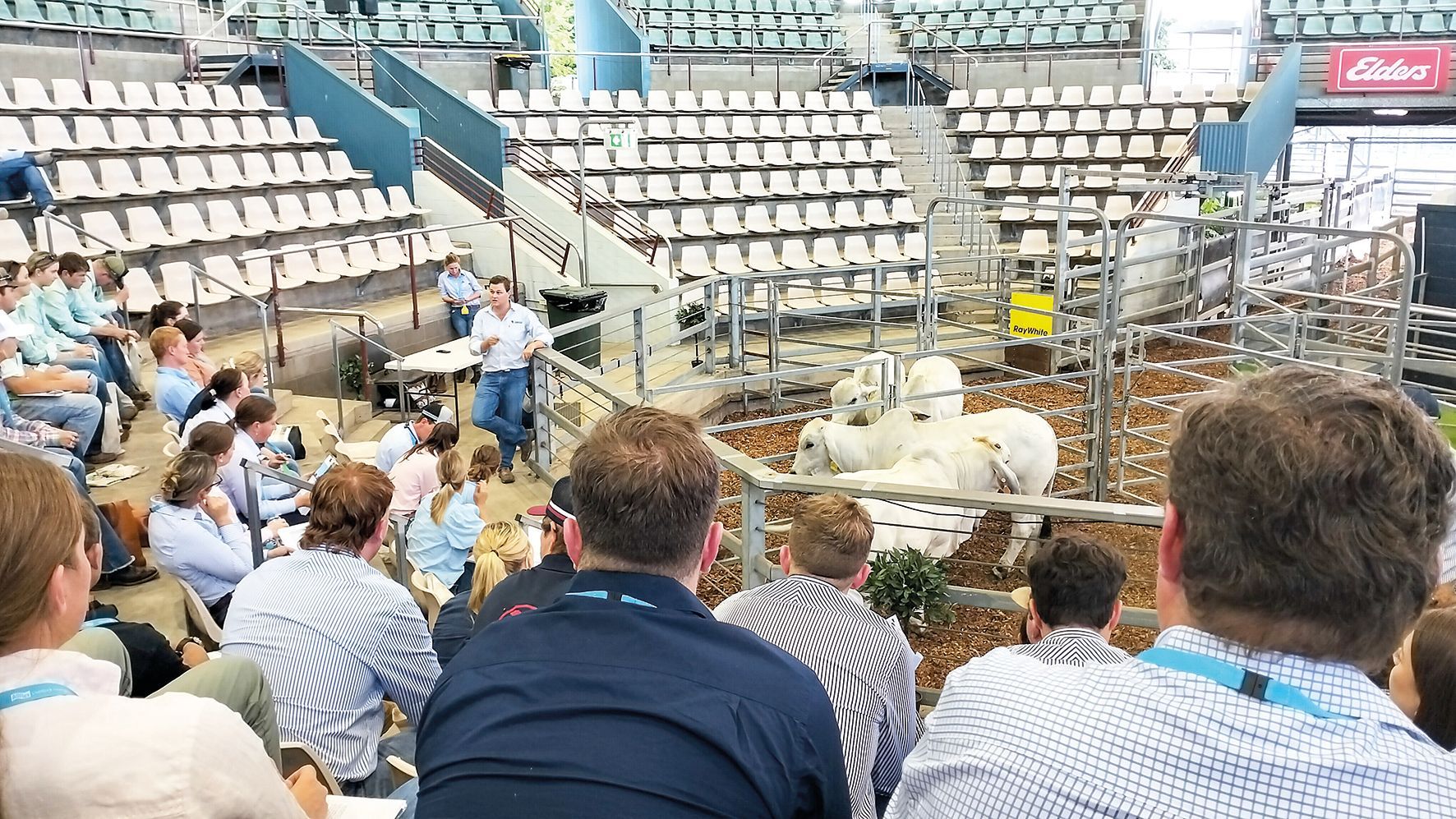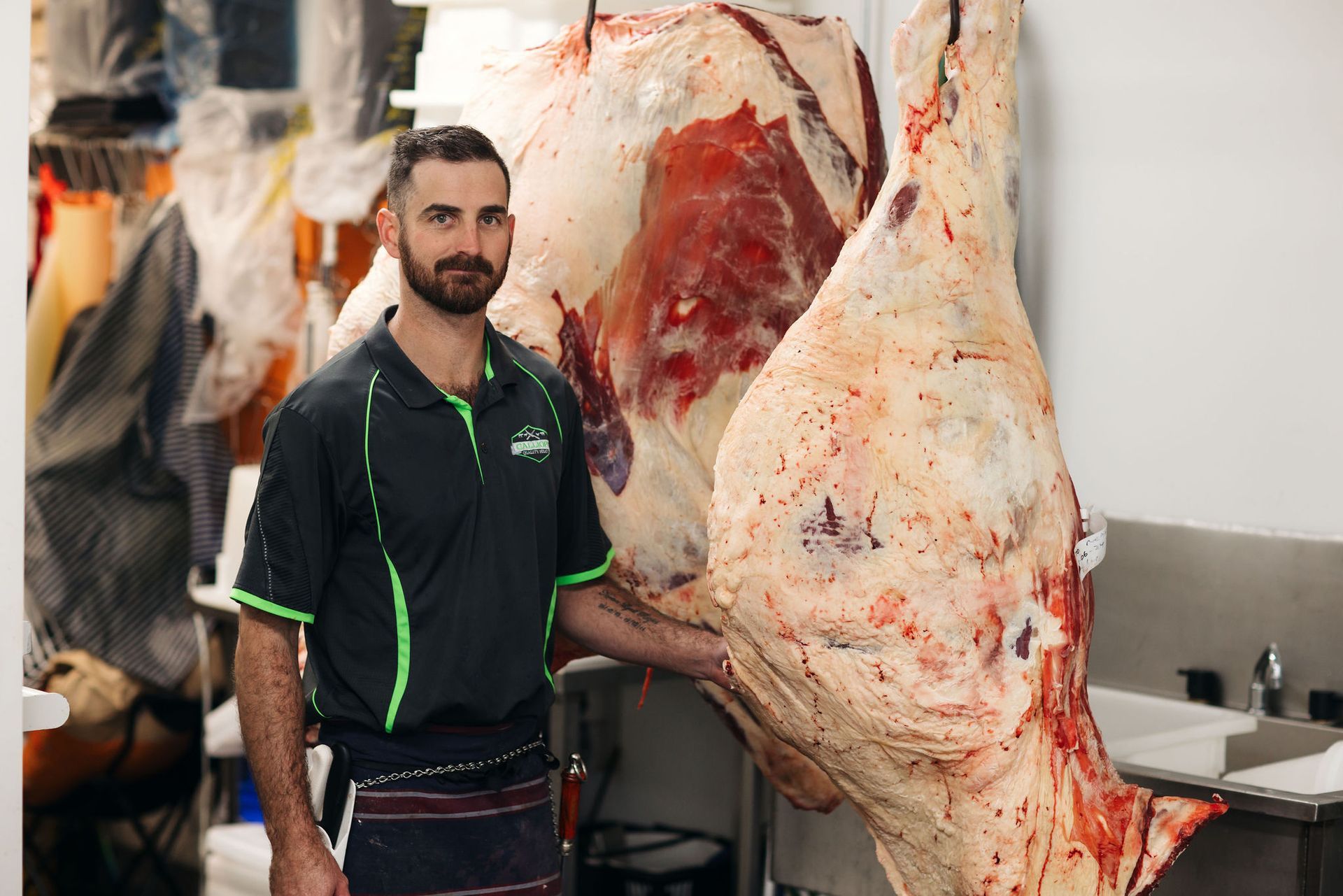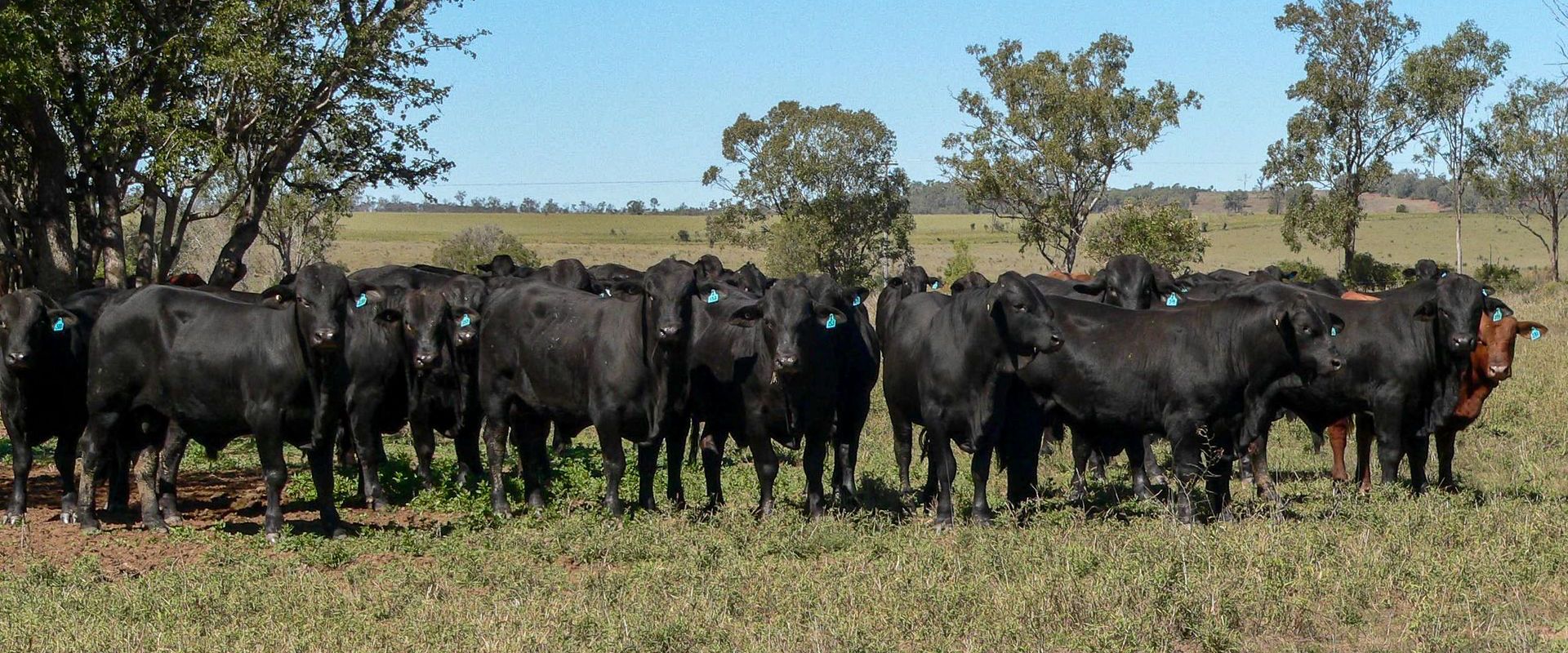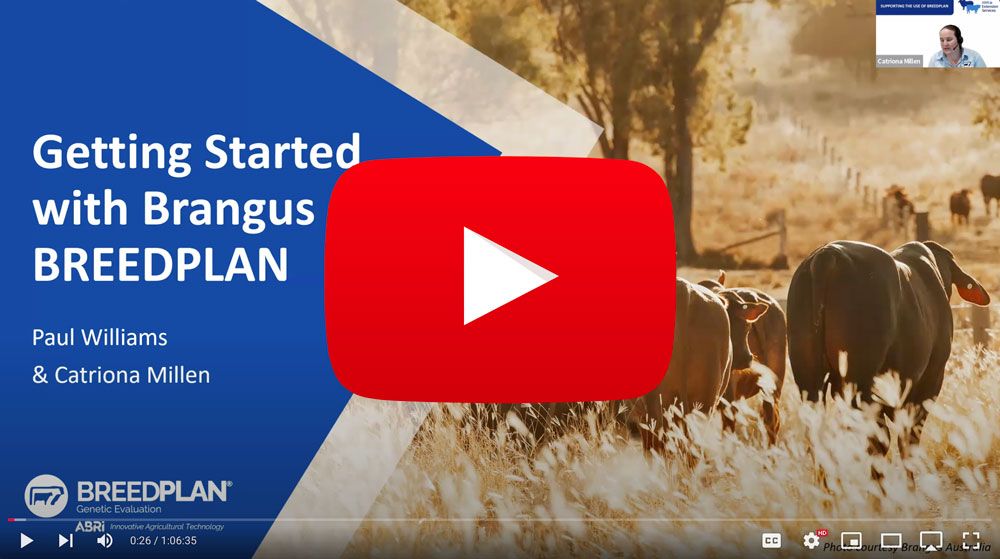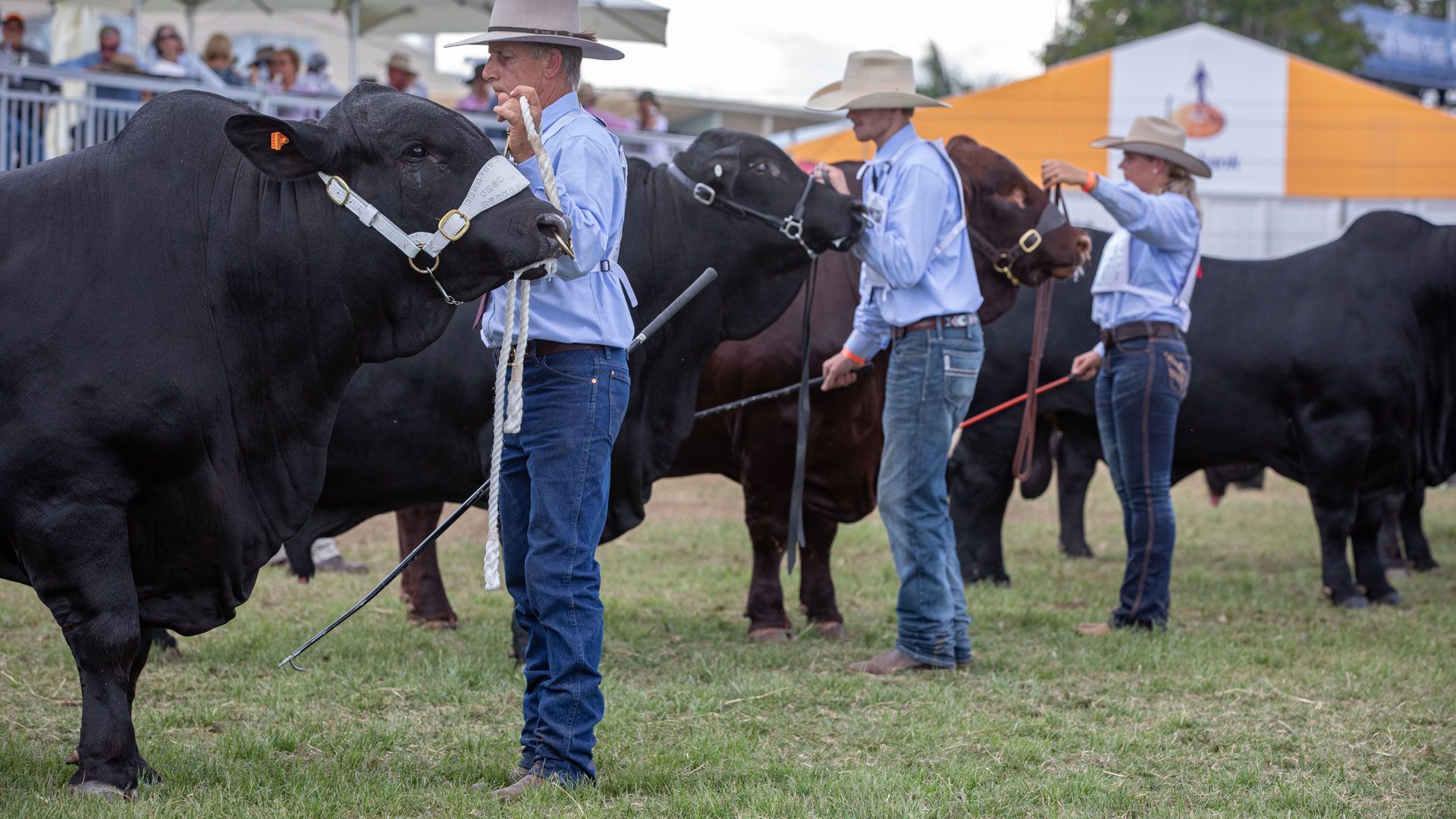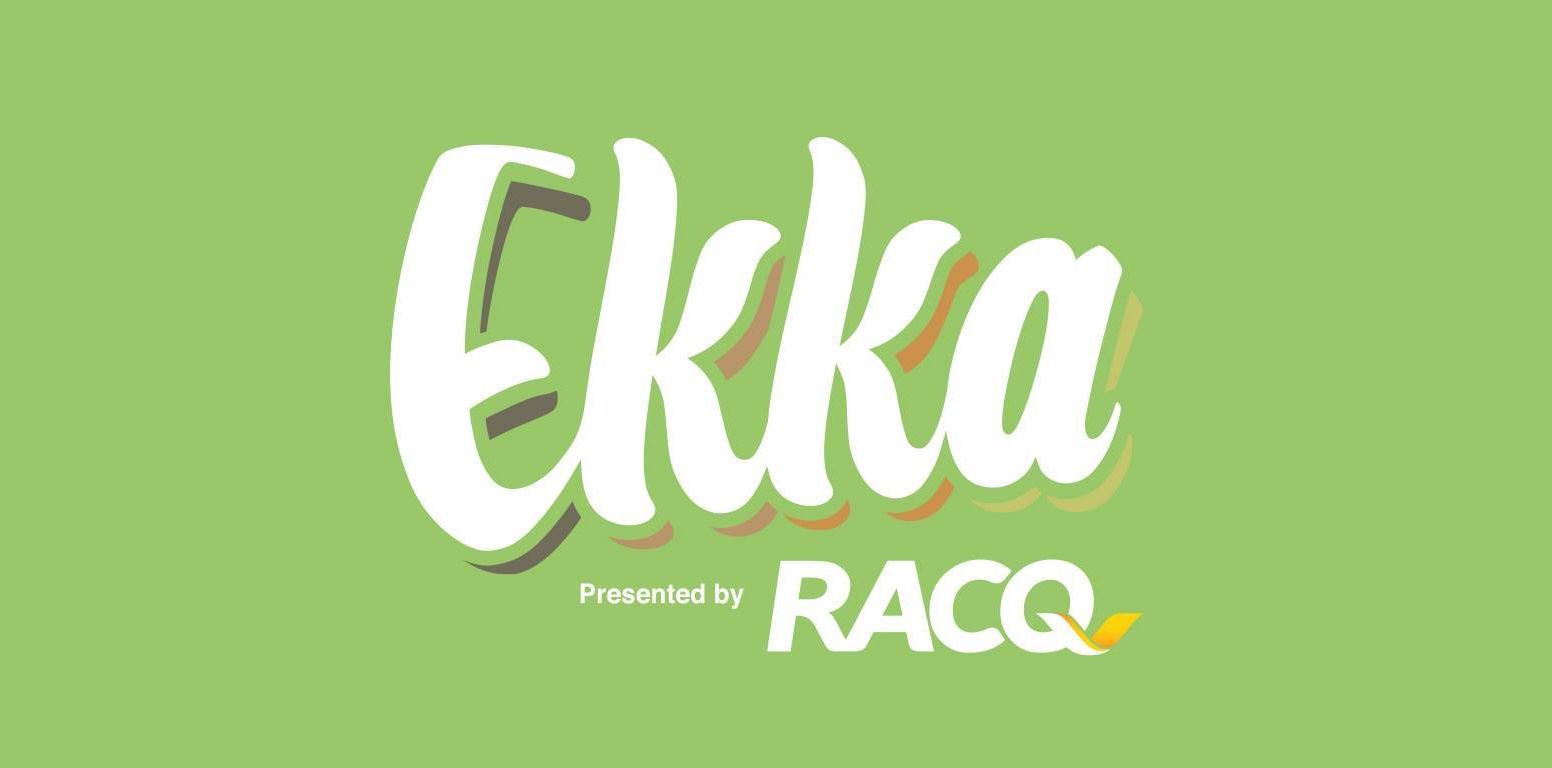Lifting production, market opportunities with Brangus genetics
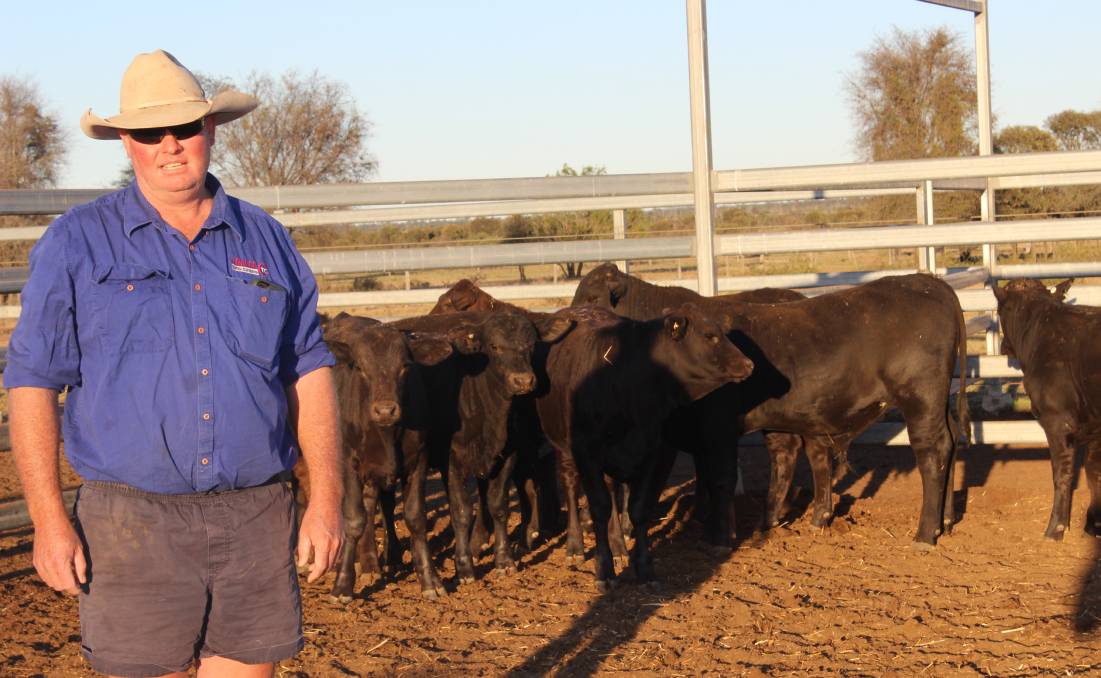
SOFTER Brangus bulls are allowing the Kenny family to increase on-farm production and marketing opportunities for their herd.
Matt and Kerri Kenny, with their children Grace, 13, and Sam, 12, are rebuilding numbers at Tralee Station, Middlemount, following drought.
They were originally running about 1200 breeders, but destocked, and after purchasing a second property, they're planning to get to 1500 breeders in the next few years.
The family originally bred Brafords for many years, but started buying Brangus and Angus bulls about 20 years ago, with most of the Brangus genetics purchased through the Rockhampton sale.
Having multiple studs to choose from is a big attraction of the sale, and in recent years Mr Kenny has bought some handy bulls from Voewood and Sheldara studs.
His main priorities when selecting bulls are temperament, softness and a good semen test result.
"There's a bull for everyone at Rocky," Mr Kenny said.
"It's a good quality lineup and you've got plenty of studs to choose from.
"I bought a bull off Ed Quinn (Voewood) last year, and he's not a large bull, but he's got a lot of meat on him and he's very soft.
"And the bull from NSW (Sheldara) was a big-framed bull, but still very soft."
Mr Kenny also buys purebred Angus bulls from northern NSW stud Clunie Range, and buying a softer type is helping to improve carcase quality, particularly intramuscular fat.
"The Brangus give you the softness, but the hardiness as well - they can handle the climate, then they hang up well," he said.
"There are more opportunities with markets with the Brangus and Angus, and there's a premium just for the black colour.
"They feed well, and we can sell them to the feedlots or keep them going through to the meatworks, and if seasons restrict us, we can export them."
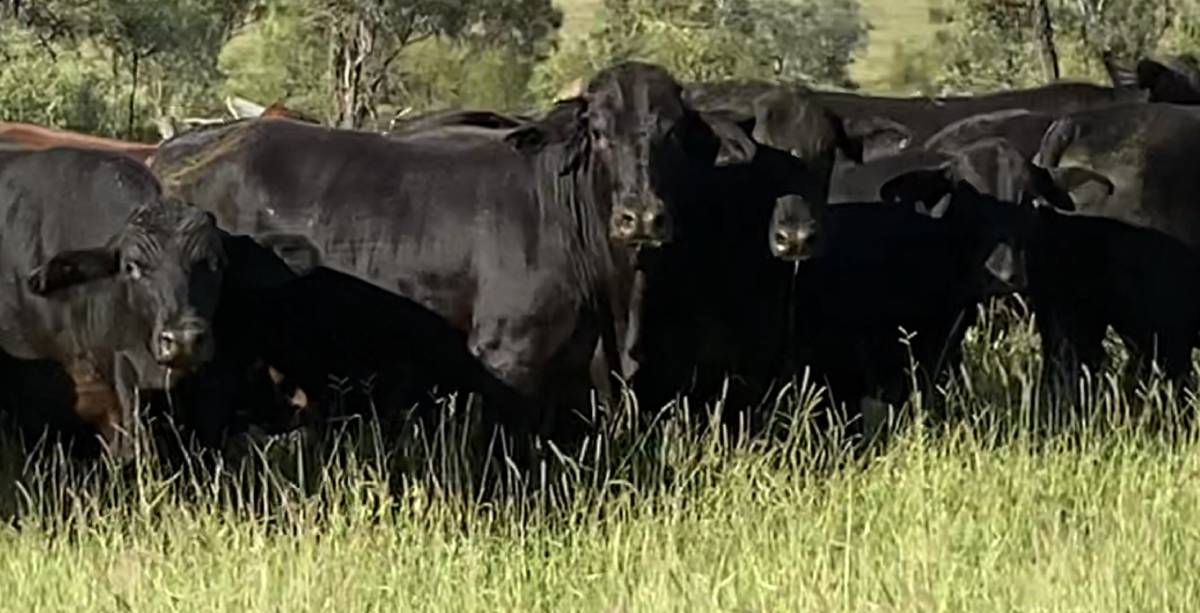
Brangus and Angus genetics have helped increased fertility in the herd, which had a big improvement prior to the drought.
Joining begins in early January, which gives the bulls time to settle after the sale.
"Before the drought we hit around 90pc in most paddocks but in the last couple of years it's come back to 75pc to 83pc," Mr Kenny said.
"This year we preg-tested them and put back to the bull, so we got another 143 (out of 220) in calf doing that.
"We did have a little bit of rain - about three inches (76mm) - in early July and another 15mm the other day.
"The empties will get another go with the bull each year, depending our numbers and whether I've got the space.
"Once we get going and we're maintaining the herd size at 1500, we can go back to selling the empties, but if we have room, we'll get them in calf and sell them as PTIC (pregnancy-tested-in-calf).
"It means you're getting a lot more value from the bulls. We can be getting another $1000 a head extra to put them back in with the cows for another two months."
About 300 heifers are retained each year, which are selected after joining.
"All the heifers go out with the bulls, and I keep the ones in calf," Mr Kenny said.
"After they have those calves, any I don't like for any reason, whether that's temperament or they're not growing as well as, will be sold."
Preg-testing has been made easier with the purchase of an ultrasound monitor which is more accurate and allows Mr Kenny to only select the best breeders.
It's also set to be a good budgeting tool, with Mr Kenny scanning for early and late calves, and able to better predict market timing.
"It's an investment because we won't miss any.
"Sometimes when you're preg-tesing by hand at two months you can miss them, or you think they're in calf and they're not.
"It's not so invasive, and it's not as much work for us, plus it's a lot faster."
All heifers are mated as yearlings, and that's helped lift fertility.
"If you've got a cow for 10 years, the sooner you get them in calf, the more calves they'll have," Mr Kenny said.
"The Angus and Brangus cows do go in calf well.
"I used to get 75pc to 80pc with Brahmans, and now it's around 90pc and in one particular paddock, it's 95pc."
Steers are moved to the finishing block, Granville, at Baralaba after weaning, where they're on forage crops - oats in winter and sorghum in summer.
"There's also some leucaena and the rest is buffel country," Mr Kenny said.
"Having that property in a different area, a little further south, means we always seem to get some rain, and it's all fairly good country.
"The Baralaba property has a lot more diversity in pastures, with the leucaena, cropping, and legumes through it.
"We're looking to do a bit of legume work at the home block, and put some more water points in.
"Our biggest paddock is about 3km long and we have water in the corners, but I think the cattle easier to manage if you've got the water in the middle."
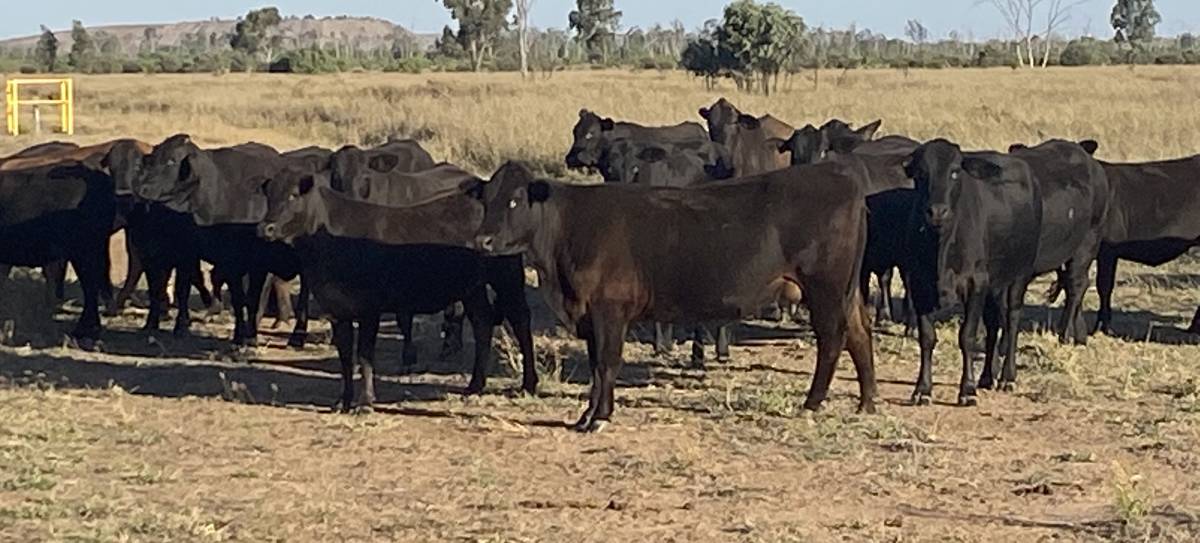
Article & Image courtesy of Queensland Country Life





